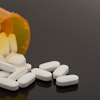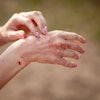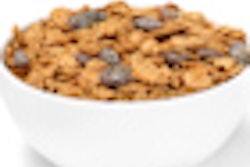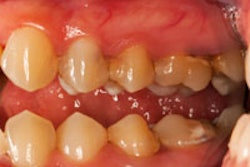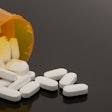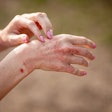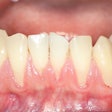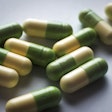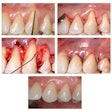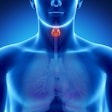Drinking milk after eating sugary breakfast cereal reduces plaque acid levels and may prevent damage to tooth enamel, according to a study in the Journal of the American Dental Association (July 2013, Vol. 144:7, pp. 815-822).
Dry ready-to-eat, sugar-added cereals combine refined sugar and starch. When those carbohydrates are consumed, bacteria in the dental plaque on tooth surfaces produce acids, according to Christine Wu, PhD, a professor of pediatric dentistry and director of cariology at the University of Illinois at Chicago, who served as principal investigator of the study.
Reports have shown that eating carbohydrates four times daily, or in quantities greater than 60 g per person per day, increases the risk of caries.
The new study, performed by Wu's former graduate student Shilpa Naval, involved 20 adults eating 20 g of dry Froot Loops cereal, then drinking different beverages -- whole milk, 100% apple juice, or tap water.
Plaque pH was measured with a touch microelectrode between the premolar teeth before eating, at two and five minutes after eating, and then two to 30 minutes after drinking a liquid. The pH in plaque dropped rapidly after consuming cereal alone, and remained acidic at pH 5.83 at 30 minutes. A pH below 7 is acidic; a pH greater than 7 is basic. Pure water has a pH close to 7.
Participants who drank milk after eating sugary cereal showed the highest pH rise, from 5.75 to 6.48 at 30 minutes. Those who drank apple juice remained at pH 5.84 at 30 minutes, while water raised the pH to 6.02.
"Our study results show that only milk was able to reduce acidity of dental plaque resulting from consuming sugary Froot Loops," said Naval, who is currently a fellow at the Centers for Disease Control and Prevention in Atlanta. "We believe that milk helped mitigate the damaging effect of fermentable carbohydrate and overcome the previously lowered plaque pH. Results from a previous study suggested that the last food item consumed exerts the greatest influence on subsequent plaque pH."


